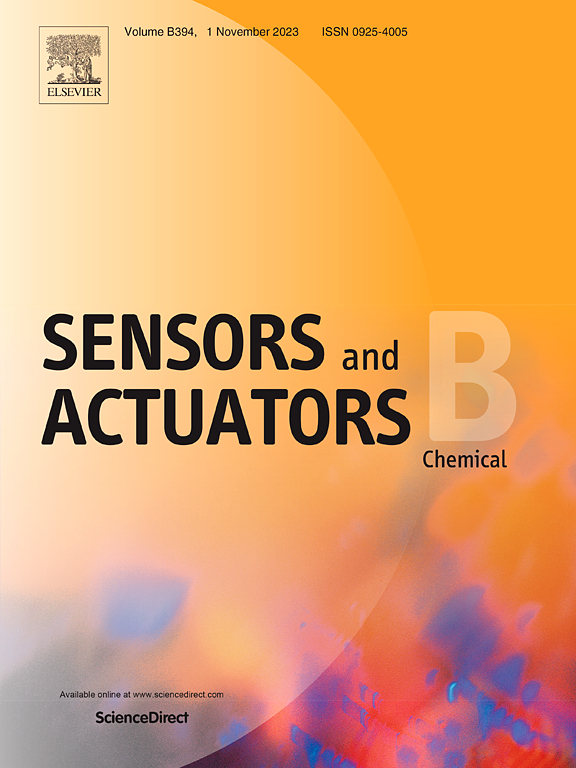In operando spatiotemporal analysis of ion concentration profile using ion-selective membrane probes in electrokinetic systems
IF 8
1区 化学
Q1 CHEMISTRY, ANALYTICAL
引用次数: 0
Abstract
Accurate in operando measurement of electric potential in electrokinetic systems is critical yet challenging due to complications arising from electrochemical reactions and electrical double layer capacitance at the metal electrode-electrolyte interface. These challenges are further compounded under in operando conditions requiring simultaneous voltage application and measurement, where conventional probes often induce leakage currents and distort measurements. To overcome these limitations, we developed an ion-selective membrane (ISM) probe with high input impedance, capable of transferring charge as a form of ion, thereby suppressing redox reactions and eliminating leakage currents. Integrated into a microfluidic platform, the ISM probe demonstrated robust performance across a wide resistance range, with reliable operation even in giga-ohm environments, a suitable cutoff frequency for tracking dynamic potentials, and significantly reduced noise and measurement offset compared to traditional metal-based probes. Leveraging these advantages, we employed the ISM probe to perform in operando dynamic analysis of ion concentration, particularly focusing on electrokinetic phenomena such as ion concentration polarization (ICP). The probe enabled precise spatial and temporal measurement of concentration gradients formed by ICP, offering new insights into ion distribution dynamics; (1) issues in visualizing ion concentrations using fluorescence and (2) the second plateau of ion concentration near nanoporous membranes. This work establishes the ISM probe as a versatile tool for advancing the understanding of ion profiles in complex electrokinetic systems, addressing key challenges in both fundamental research and practical applications.
求助全文
约1分钟内获得全文
求助全文
来源期刊

Sensors and Actuators B: Chemical
工程技术-电化学
CiteScore
14.60
自引率
11.90%
发文量
1776
审稿时长
3.2 months
期刊介绍:
Sensors & Actuators, B: Chemical is an international journal focused on the research and development of chemical transducers. It covers chemical sensors and biosensors, chemical actuators, and analytical microsystems. The journal is interdisciplinary, aiming to publish original works showcasing substantial advancements beyond the current state of the art in these fields, with practical applicability to solving meaningful analytical problems. Review articles are accepted by invitation from an Editor of the journal.
 求助内容:
求助内容: 应助结果提醒方式:
应助结果提醒方式:


